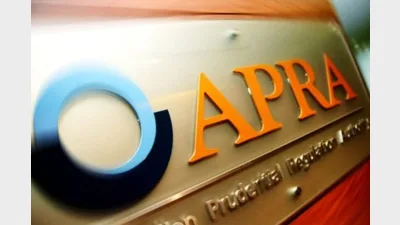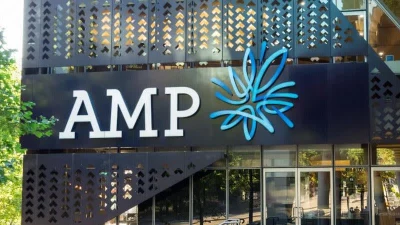Slow MySuper transitions cost members



Retail and bank-owned superannuation funds could reduce a typical member's final retirement savings balance by around $20,000 on the back of a slow transition to MySuper products, according to Industry Super Australia (ISA).
Pointing to research by Rainmaker Information, ISA said those funds were gouging additional fees of between $800 million and $1.8 billion over four years by leaving default members' accounts parked in higher cost legacy default products instead of transferring to cheaper MySuper products.
The research said not-for-profit funds had completed the transfer of existing member accounts to MySuper products within the first year (June 2014) but retail funds had transferred 43 per cent.
ISA said it was alarming that bank-owned funds accounted for 67 per cent of accrued default amounts and prompted Rainmaker to conclude the slow transition was "most likely a deliberate strategy by retail wealth managers".
ISA chief executive, David Whiteley, said: "There is a major question as to whether trustees are fulfilling their legal duties to put the interests of members over profits generated by wealth businesses inside the banks".
"The retail and bank-owned super fund practice of leaving members' accounts languishing in more expensive legacy products requires greater scrutiny."
Recommended for you
Delayed climate action could wipe hundreds of billions from superannuation balances by 2050, according to new analysis from Ortec Finance.
APRA deputy chair Margaret Cole has called on superannuation trustees to accelerate efforts to support members moving into retirement and to strengthen protections against growing cyber and operational risks.
Super trustees need to be prepared for the potential that the AI rise could cause billions of assets to shift in superannuation, according to an academic from the University of Technology Sydney.
AMP’s superannuation business has returned to outflows in the third quarter of 2025 after reporting its first positive cash flow since 2017 last quarter.









